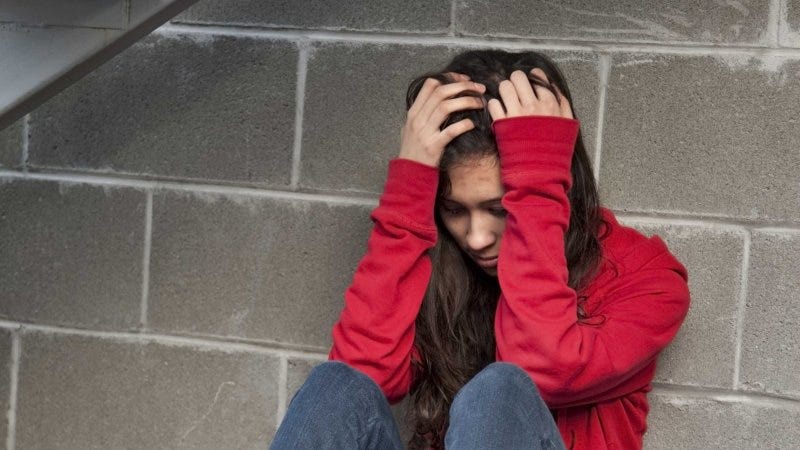Corrections Ongoing
In the past months, reports keep coming out of hospitals lowering the COVID death toll by as much as 25%, as they acknowledge that many of the deaths were due to other causes—cancer, heart disease, accident—but the patient was positive for the virus. Reporting that way made no sense; these were valid infection numbers, but had no place in death totals.
The other mistake occurred when they counted as COVID deaths those people who had three or more comorbidities. Doctors will tell you that it can be difficult to define a specific cause of death in a person who has multiple, serious conditions. An autopsy might make a clearer case, but not everyone who dies is autopsied.
“As the CDC report notes, “For 6% of the deaths, COVID-19 was the only cause mentioned.”
In other words, 94 percent of Americans who have died from coronavirus from the week ending February 1, 2020 to the week ending August 22, 2020 had, on average, almost three comorbidities that played a role in their death.”[1] The accuracy matters, as the fear increased as the death toll rose. Perhaps many of the measures taken would have been impossible if the true risk were known.
Accurate numbers are critical in assessing risk. Knowing that the vast majority of those who died had multiple conditions and, in many cases, were old, reduces the fear of the many healthy, younger people. But it also reduces compliance.
Additional Deaths (Due to Bad Public Policy)
When we want to really look at the toll of the past year, we need to use a larger lens. While the following cases don’t involve Covid infection, they point out the cost of overstating the danger and employing such stringent controls, especially, as we have learned about the real risk.
Many seniors in assisted living and nursing homes found themselves in “solitary confinement” for months at a time. Many couldn’t leave their small rooms and their only contact was with an occasional health care person. Food was delivered by their door. If some had internet access, that helped to some degree, but many have given up that option. Too often, people forget how many of these residents are also hard of hearing. If you can’t hear, you can’t engage by phone (hearing aids don’t always work so well over the phone). And Zoom chats don’t work either.
Prisons are revisiting solitary confinement, but no one did for this pandemic. My father was one of the countless deaths attributed simply to the lockdown. My guess is that at 92, he would have rather taken some chances to be able to engage with his friends and family. He died alone.
We heard stories of people with chronic or serious health conditions who either couldn’t get the regular health care they needed, or who were made to be too frightened to ask. How many cancer or heart patients died from lack of needed care? How many diabetics? I talked to many who said they didn’t want to go into a hospital because “that’s where the Covid patients were.”
All deaths are tragic, but perhaps the most frightening statistic is the 51% increase in suicide attempts by teenage girls reported recently by the CDC. We might forget that children need social engagement especially as we see them tied to various devices. But the cost to younger people was serious. I heard people joke that it wasn’t a big deal to miss your graduation, but if you look carefully, that was only the first strike of the whip which beat our kids this past many months.
Just remember how you were as a child and then a teenager. Issues we ignore as older folks were a huge deal when we were young. Missing out on prom, not being able to do the volunteer work you wanted as an aid to college applications, not gathering to play music or sing… The list of things that were taken from kids is endless. How much despair went unrecognized and untreated? The quarantine and the accompanying fear added to the usual toxic mix of changing hormones and the self-doubt all teens have at times overwhelmed many. We may not be at the end of the suicides, even as the country starts to reopen. In many places, these kids still don’t have in-person schooling.
We couldn’t save everyone who caught the virus, just as many people die during a bad flu year. But these additional deaths were preventable. We need to carefully consider how we manage the next pandemic, to ensure that the collateral damage is kept to a minimum. Now, we know.
[1] https://thehill.com/opinion/healthcare/514915-is-us-covid-19-death-count-inflated




